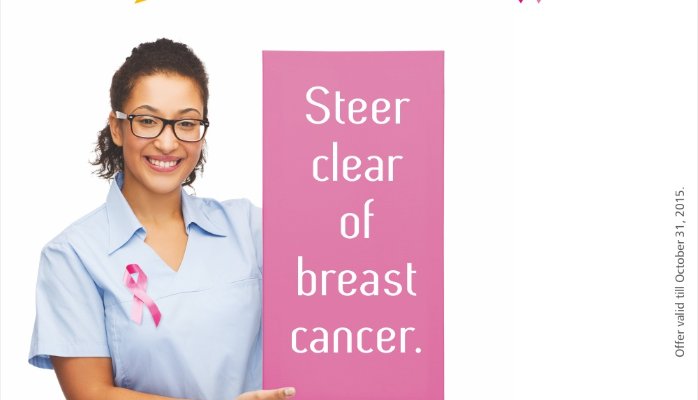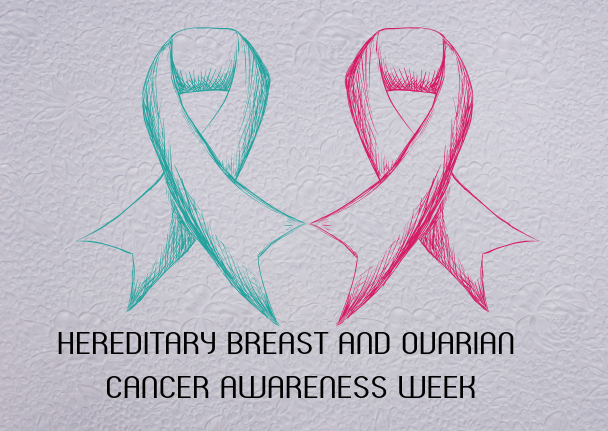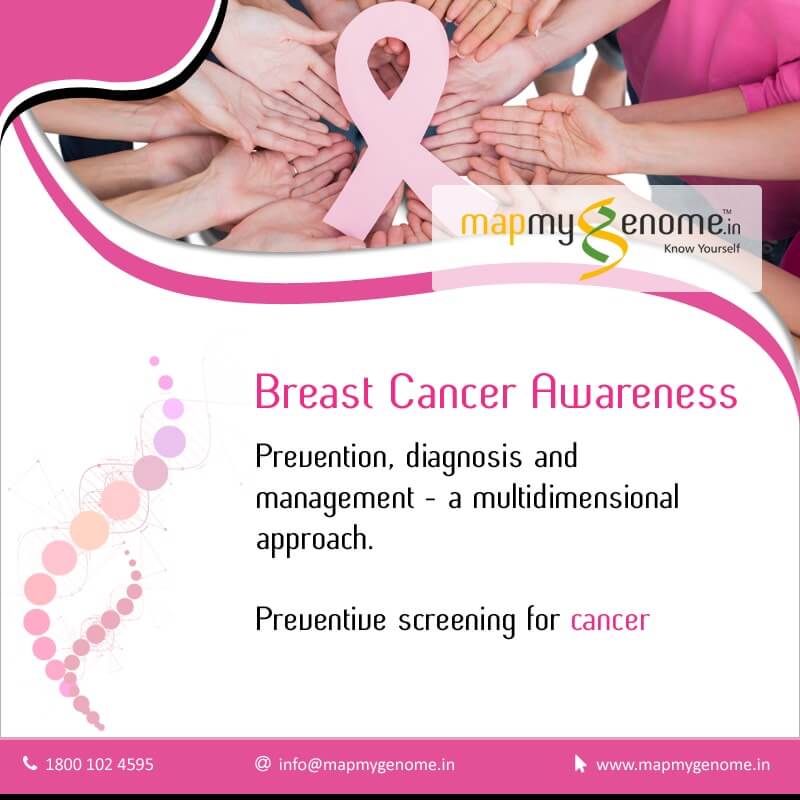
When we have a complex system functioning tirelessly and endlessly, it is bound to falter at some point. This faltering leads to an imbalance in the precise functioning of our body. This imbalance can be caused by a number of factors. They may be from within the body or from socio-economic circumstances, through environmental influences. Sometimes, such imbalances can lead to mild discomforts and sometimes they could develop into fatal diseases.
One such bodily imbalance is cancer. The word “cancer” has the power to evoke a surfeit of emotions and reactions, owing to its infamous reputation. It has an uncanny ability to develop in almost any organ and spreading across the body. Cancer claims millions of lives every year and is hence a hotspot for research since many decades.
Breast cancer is the most common cancer affecting women and is the leading cause of female deaths, second only to lung cancer. Although known to be a disease of the developed community, about 50% of the cases and 58% deaths occur in the developing regions. The incidence rates and survival rates may vary with ethnicity and is known to be more prevalent in white women. This year, about 252, 710 new cases and around 40,610 deaths are expected [1].
What is breast cancer? How does it begin?
A normal, healthy breast develops after puberty and has milk – producing glands that are connected by ducts to the nipple. Connective tissue that has fat and fibrous material supports these glands and ducts. As is the case with any form of cancer, uncontrolled growth of any of the tissues of the breast can lead to tumour formations. Thus, cancer can form in the milk ducts (ductal carcinoma) or in the glands (lobular carcinoma).
Breast cancer usually starts with the growth of a lump, or as deposits of calcium, known as microcalcifications. It can be invasive, in which case it bursts out of the ducts or glands and invades the nearby tissue; or non-invasive, where it is restricted to its point of origin. The non-invasive type can transform into invasive cancer, which can spread to other parts of the body through the lymph nodes or blood.
The lumps can also be benign (non- cancerous), but only a biopsy can determine its type.
What causes breast cancer? Can it be prevented?
The exact causes of any form of cancer are not known. But certain risk factors or carcinogens are known to be contributing features in the development of cancers. Same holds true for breast cancer. Here are some causes that can lead to breast cancer.
- Family history and personal history: Women with close relatives like mother, sister, daughter or those who have had breast cancer earlier are more prone to the risk.
- Genetics: Presence of the inherited mutated form of BRCA1 and BRCA2 genes elevates the risk significantly.
- The risk also increases with an increase in age, ethnicity and lifestyle like excess alcohol consumption, obesity, inadequate exercise is in the list too.
- Milestones like start and end of the menstrual cycle, pregnancy, breast- feeding also can determine your fate. Menstruation at a very young age, menopause after the age of 55 years and having the first child after the age of 30 are factors that increase risks of breast cancer. Breast-feeding till a year and a half to two years can lower the risk slightly.
- Hormonal therapy and oral contraceptives can modify the genes to cause cancer.
- Certain health conditions that cause a hormonal imbalance, especially elevated levels of estrogen (as seen in certain endocrinal disorders), can increase the risk of breast cancer.
Other risk factors like dense breast tissue and prior exposure to radiation therapy can be a likely source of breast cancer.
Some of these can be managed (like lifestyle choices), while others like age and genetics are beyond our control. The use of deodorants and implants are also thought to add to the burden of breast cancer. However, more scientific evidence is needed to establish their validity as risk factors.
Although these are considered to play a role in the disease, being exposed to them or their existence in your life does not imply that you will get cancer. An individual with prior contact with the risk factors may not develop cancer, while someone who has been careful enough to keep themselves away from most of these causes can still develop cancer.
Of course, there is no way to guarantee prevention of any form of cancer; but inspection of possible risk factors and their alteration could decrease the risk. Regular exercise, paying attention to diet and limiting alcohol consumption could be a few steps. Certain sub-groups like those with a very strong family history of breast cancer can opt for genetic testing to find out if they have mutated breast cancer genes.
Chemoprevention (taking certain medicines to prevent cancer) and regular mammograms can also be a strategy to prevent breast cancer.
Before you decide to take oral contraceptives, it is best to talk to your doctor about the possible consequences this may have at a later date.
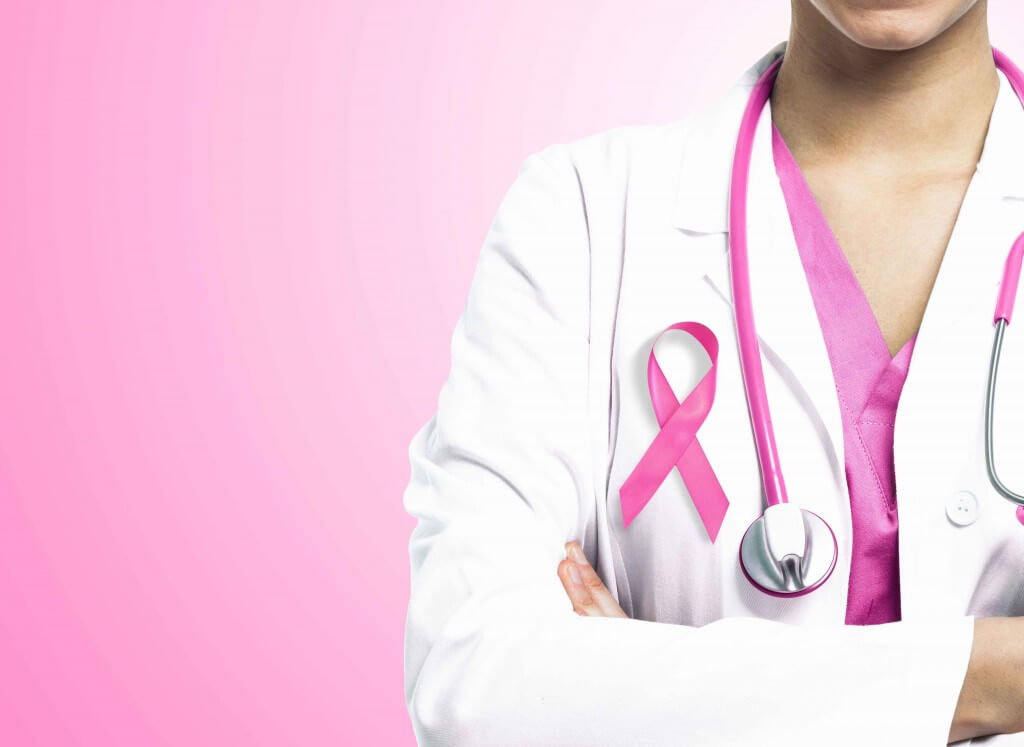
What are the warning signs of breast cancer?
There are a few physical signs that point towards breast cancer, the first and foremost being a lump in the breast or the armpit. Other symptoms include the following:
- Persistent pain in the breast or armpit that does not fluctuate with the monthly cycle
- Swollen lymph nodes in the armpit or neck
- Discharge from the nipple that contains blood
- Rash around the nipple, inverted nipple
- Redness of the breast skin, resembling the skin of an orange
- Change in the shape and/ or size of breast
The appearance of any one or more of these indicators should be followed by a prompt visit to the doctor’s.
How is breast cancer diagnosed?
Breast cancer diagnosis can begin at home when self-examinations of the breast reveal an abnormality. The doctor can assist you in the examinations and, if required, go ahead with further investigations to obtain a definite diagnosis. These include mammograms (imaging of the breast) and biopsy. To check if the cancer has spread to other parts, chest X-ray, CT scan, bone scan and PET scan are also done.
Periodic examinations of the breasts at home and being watchful of the early signs is key to early diagnosis. The breast self-exam or BSE is a different experience and can even be irritating at times. You may feel something and not know it’s meaning. Doing a BSE every month can make this easier. It is best to perform BSE after the menstrual cycle as the breasts are no longer tender and sore. Familiarizing yourself with the contours of the breast before, during and after the period can help you identify the unusual forms. You could also maintain a small diary to jot down your findings for every examination done. This way, you can trace if and when the abnormality has surfaced, making diagnosis simpler. If you feel a lump during the first BSE and it persists even after the completion of the cycle, visit your doctor. Since it has been known that lumps may form and dissolve during the menstrual cycle, it is advised to consult your physician about your BSE.
What next?
If it is breast cancer, it is best to talk to your doctor about the various treatment options that you can consider. Based on the type and stage of breast cancer, the doctor will recommend one or more of the treatments. These comprise of chemotherapy, radiation therapy, surgery, hormonal therapy or targeted therapy. Fortunately, the biomarker HER2 is of use in breast cancer diagnosis and therapy targeted towards this chemical is proving to be useful in many cases.
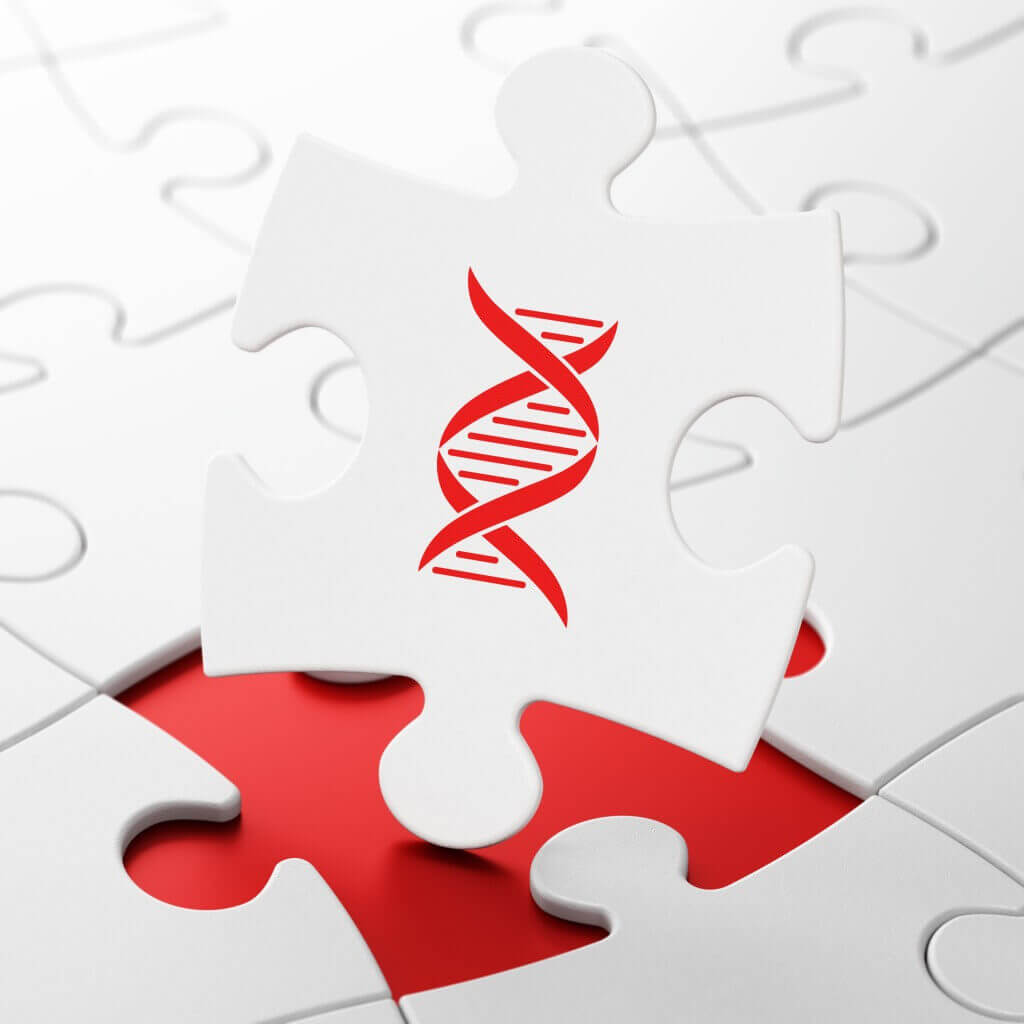
Is there a genetic basis for breast cancer?
Yes. Breast cancer is hereditary. The genes BRCA1 and BRCA2 can be blamed for 20 to 25% of the family breast cancer cases. There are other genes that are involved as well. More about that in our next blog on breast cancer prevention. Proteins that are produced by these genes help in the repair of damaged DNA and keep a tab on the growth of the cell. Thus, mutations in these can lead to uncontrolled cell growth, causing cancer. Experts have found that only one copy of the mutated gene, inherited either from the mother or father is enough to predispose a woman to breast cancer. The best possible relevance of this information is to test women with a family history of breast cancer, thus allowing early prognosis and possible prevention.
October is breast cancer awareness month
October is earmarked every year for spreading awareness about this major disease affecting millions of women worldwide. Many organizations around the world organize state-wide, nation-wide and global events to disseminate information and spread awareness about this disease. You can do your bit by participating and volunteering in these events. The key focus could be to tell women about breast cancer and ask them to opt for preventive measures and even gene testing if they have a family history. Education, knowledge, and action can save many lives.
Prevention, diagnosis, and management – a multidimensional approach
Preventive screening for cancer is performed by checking for the presence or absence of specific changes in the genetic material (DNA), which have been classified as “genetic risk factors”. In certain cases, multiple genes need to be screened via Whole Exome Sequencing, wherein the complete sequences of protein-coding DNA can be analyzed for mutations. However, a clinical confirmation for hereditary cancer syndromes would require a test with targeted and high-precision analysis. This is done by analyzing the tumour tissue (biopsy) for mutations which occur during the course of cancerous cell multiplication. Known as somatic mutation testing, this method helps tailor chemotherapy for patients. The cells which express such mutations can be killed by specific antineoplastic compounds.
Another major development in genomics is drug-response testing (called pharmacogenomics – Medicamap) which helps identify potential risk for drug-induced toxicity, the likelihood of relapse, etc.
Common gene-drug pairs tested in PGx panels are: DPYD-5FU, DPYD-Capecitabine, TPMT-Cisplatin, TPMT-Thiopurines, MTHFR-Methotrexate, CYP2D6-Tamoxifen (and much more)
Food for thought
While cancer may overwhelm an individual, information can bring much-needed confidence and the resolve to beat cancer against all odds can bring a positive mental outlook. Early diagnosis due to self-awareness and a willingness to submit entirely to a treatment process can help a woman treat herself of cancer.
References:
1. https://www.medicalnewstoday.com/articles/37136.php

